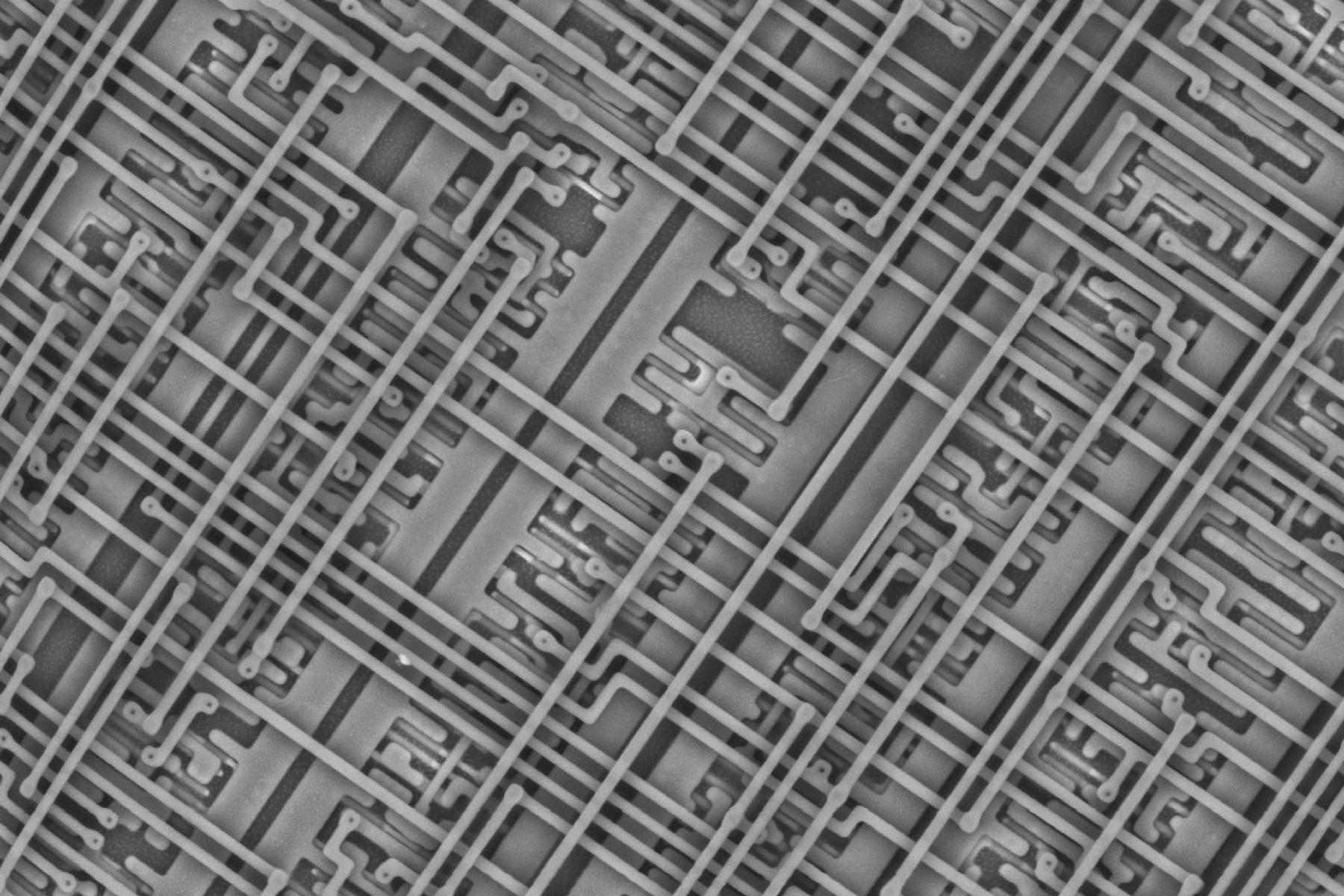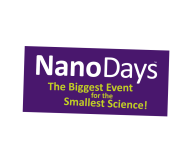DESCRIPTION
This zoom video explores the inner-workings of a microchip. We start with a digital camera and transition to a scanning electron microscope. You'll see the tiny wires and the crisscrossing patterns of the microchip's circuits while learning a bit about why making it small is important.
DESCRIPTION
This zoom video explores the inner-workings of a microchip. We start with a digital camera and transition to a scanning electron microscope. You'll see the tiny wires and the crisscrossing patterns of the microchip's circuits while learning a bit about why making it small is important.
TRAINING VIDEOS
OBJECTIVES
BIG IDEA
Microchips are small, powerful, and improved by nanotechnology.
LEARNING GOALS
As a result of watching this video, learners will appreciate the intricate and very small nature of microchips.
As a result of watching this video, learners will appreciate how nanotechnology has improved the microchip.
NANO CONTENT MAP
Nanometer-sized things are very small, and often behave differently than larger things do.
Nanoscience, nanotechnology, and nanoengineering lead to new knowledge and innovations that weren't possible before.
DOWNLOAD FILES
Credits
Lawrence Hall of Science
Developed for the NISE Network with funding from the National Science Foundation under Award Numbers 0532536 and 0940143. Any opinions, findings, and conclusions or recommendations expressed in this product are those of the authors and do not necessarily reflect the views of the Foundation.
Creative Commons Attribution Non-Commercial Share Alike 3.0 United States (CC BY-NC-SA 3.0 US).
View more details

NISE Network products are developed through an iterative collaborative process that includes scientific review, peer review, and visitor evaluation in accordance with an inclusive audiences approach. Products are designed to be easily edited and adapted for different audiences under a Creative Commons Attribution Non-Commercial Share Alike license. To learn more, visit our Development Process page.


